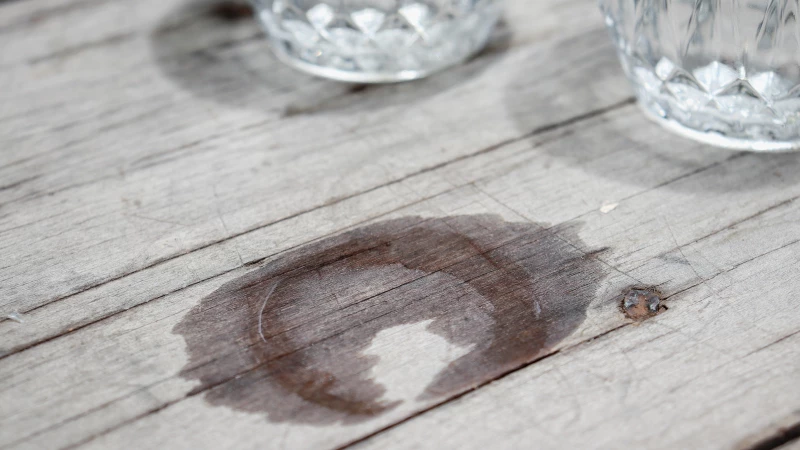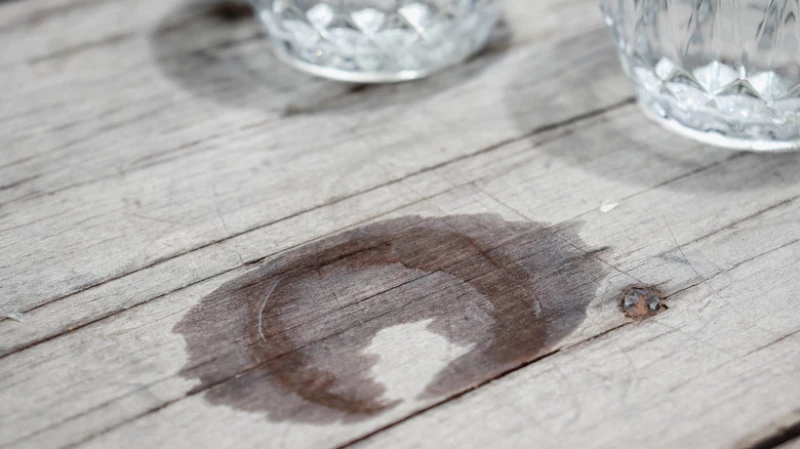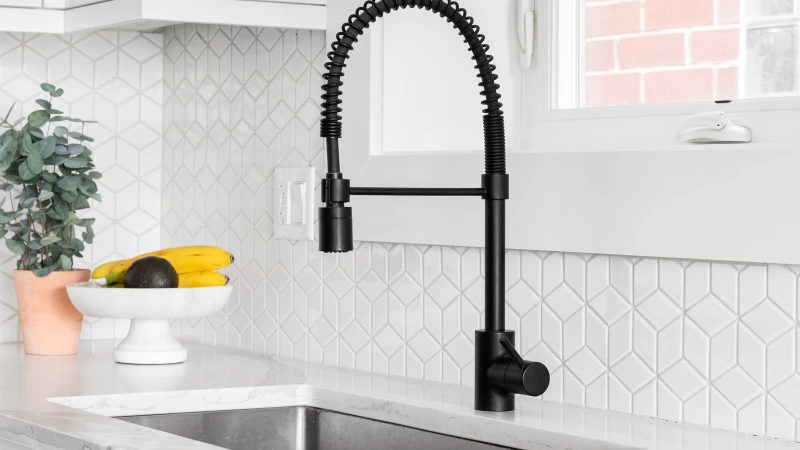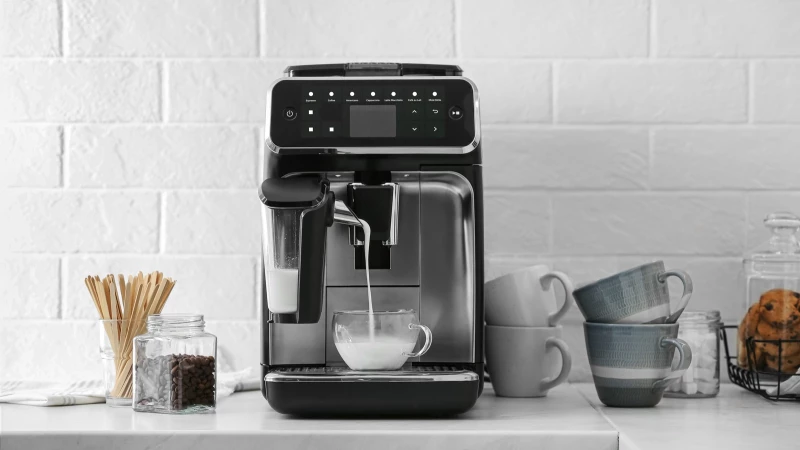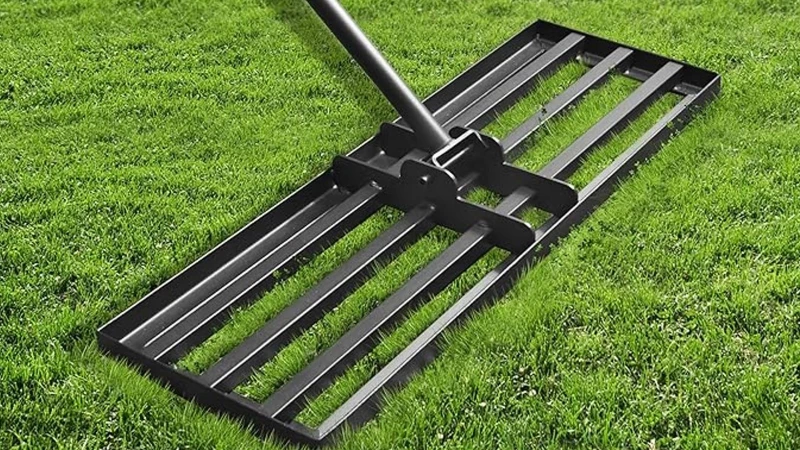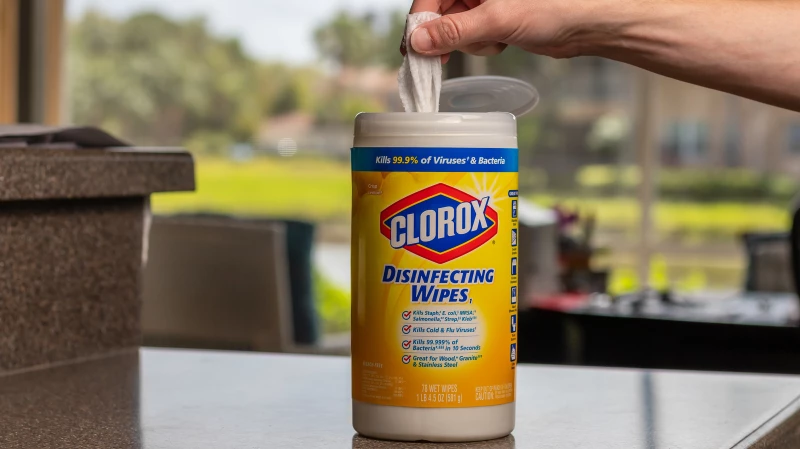Dealing with water stains on wood can be a real challenge. Whether it's from a cold drink left too long on a table or a spill on a cherished piece of furniture, getting rid of these marks can feel like an impossible task. If you've tried everything in your cleaning arsenal without success, you might be wondering if Bar Keepers Friend (BKF) could be the solution. Bar Keepers Friend is a versatile cleaning product available in cream and powder forms. While it's well-known for its ability to clean stovetops, cookware, and bathtubs, can it also be used on wood?
Bar Keepers Friend is known for its effectiveness on non-porous materials such as ceramic, glass, and stainless steel. However, when it comes to wood, caution is advised. Wood is a porous and delicate material, making it susceptible to damage from abrasive cleaners like BKF. The product's physical and chemical abrasive nature, including the use of oxalic acid, can potentially cause a bleaching effect and deteriorate the finish of wooden surfaces.
While some individuals claim success in using BKF to remove water stains from wood, the company does not officially endorse this use. Without a clear recommendation from the manufacturer, it is important to weigh the pros and cons carefully before applying BKF on wooden furniture to address watermarks.
The pros and cons of using BKF
According to sources like Instructables.com, BKF may have the potential to eliminate water marks from wood furniture, although multiple applications might be necessary. The presence of oxalic acid in BKF plays a key role in stain removal, as this compound is known for its ability to address water stains on wood. However, it is essential to note that the concentrated form of oxalic acid can be harsh on finishes, and diluting it with other components in BKF helps maintain a balance between effectiveness and safety.
Considering the potential risks, even in its diluted form, it's important to approach the use of Bar Keepers Friend with caution. While it can effectively remove water stains from wood, there is a possibility that it may damage the wood finish and surrounding area of the stain. This could lead to an uneven appearance and halo effects around the stain, potentially requiring the application of the solution all over the piece and refinishing the surface. Before opting for Bar Keepers Friend, it's advisable to exhaust other wood-safe cleaning solutions and consider this as a last resort before resorting to sanding and refinishing the furniture. If you do decide to use BKF, there are ways to minimize the risk of damage, but it may require extra effort to revive the area.
Less is probably more
Bar Keepers Friend offers two main formulas, the classic powder and cream paste, both of which can be used to remove water stains from wood. While the cream paste is more convenient, the powder form allows for better control over the concentration of abrasives when diluted with water. Using less product reduces the risk of excessive erosion. For long-term stains, Bar Keepers Friend recommends using the powder form.
If you opt to use steel wool to apply the BKF paste or cream, be cautious as it can potentially damage the wood and leave behind metal particles that may cause further harm.
Dealing with Water Stains on Wood Furniture
When it comes to removing water stains from wood, many people recommend using BKF. While some have found success with this method, it is important to proceed with caution. BKF has the potential to cause further damage to the wood, making it far from the best option for water mark removal. It should only be considered as a last resort, and even then, be prepared for additional steps such as sanding, staining, conditioning, and sealing the furniture to achieve a seamless finish.

